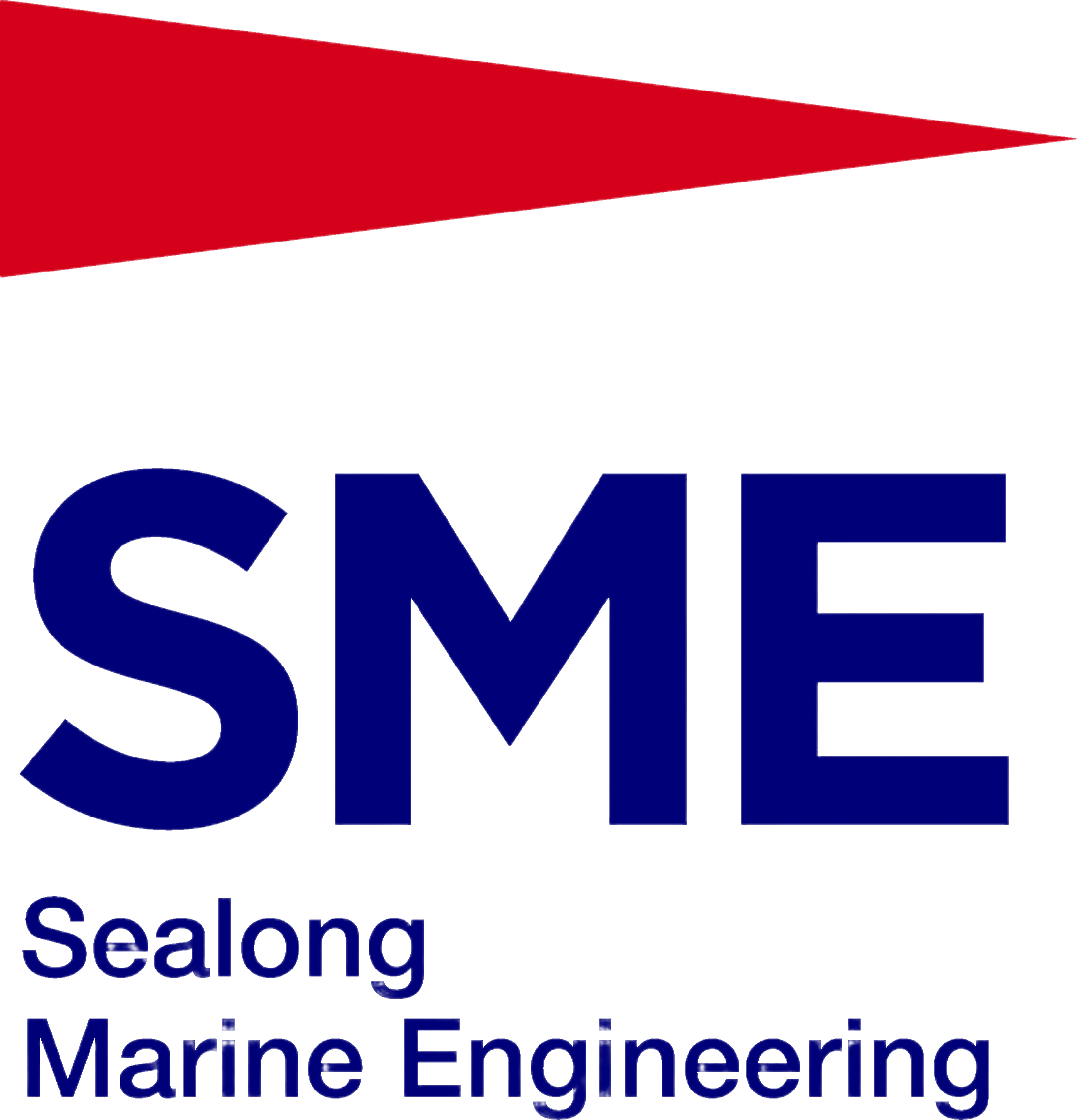Gasket Materials and Their Importance in Plate Heat Exchangers
Intricately woven into the labyrinth of an vessels engineering systems, the plate heat exchanger is responsible for regulating temperature in applications ranging from the main engines to HVAC systems. As important as the plates themselves are, it’s easy to argue that the gaskets holding them together are just as if not more vital. These are first line of defense against leakages and efficiency loss and hence the choice of these components is important to a marine engineer. As a maintenance and repair provider, gasket integrity is vital to SME Group.
The Critical Role of Gaskets in Performance and Safety
The efficient operation of a plate heat exchanger is dependent upon the careful balance of hot and cold fluid flow through interwoven channels formed within each set of plates. The gaskets, positioned in recesses formed around each plate, form the necessary sealing means to gas or fluid from passing through and between them. During tests a leaking gasket can result in circuits “talking to” each other, which may for example lead to seawater entering the freshwater cooling loop, or even a direct leak to the sea. This degrades the efficiency of the heat exchanger, which results in poor temperature control over a critical piece of equipment, and possibly downtime or even environmental fines. Hence, the gasket acts primarily as a promoter of system health, safety and performance.
Selecting the Right Material for the Operating Environment
All gasket materials are not created equal and the choice of material depends on what fluids, temperatures, and pressures will come into contact with the gasket. Popular elastomers are Nitrile (NBR) offers good permeation resistance to water and hydraulic type fluids at temperatures encountered in some applications, while EPDM provides resistance to hot water, steam, detergent solutions and mild acids. For more harsher media, such as high temp oils or certain solvents and fluids, materials like Viton (FKM) might be called for. The use of an incompatible gasket material with the service fluid is a common reason for early failure, swelling and degradation. Right material selection is an important technical decision to guarantee the long term reliability.
Gasket Maintenance as Part of Comprehensive Vessel Care
Heat Exchanger Gasket Maintenance and Replacement are Regular Jobs in Comprehensive Marine Service. SME Group's large fleet of technical personnel ensures full servicing of plate heat exchangers. This involves stripping down, checking for flatness and cleaning of plates before a replacement gasket (clip on or glued) is installed to exacting standards. Our worldwide spare parts supply chain guarantees vessel operators the right gasket materials for a quality repair every time. Commonly carried out as part of maintenance or retrofit work in shipyards, this service is critical for avoiding unplanned downtime and ensuring the readiness of a vessel's complete heat management system.
To sum up, gaskets are innocuous little pieces that play a huge role in the world of plate heat exchangers. It is therefore not a detail but a precondition for safe and economical operation that they are selected, installed, and maintained correctly. Using expert repair and servicing, the marine industry can be assured that these vital seals will continue their work protecting both machines and the oceans.

 EN
EN







































